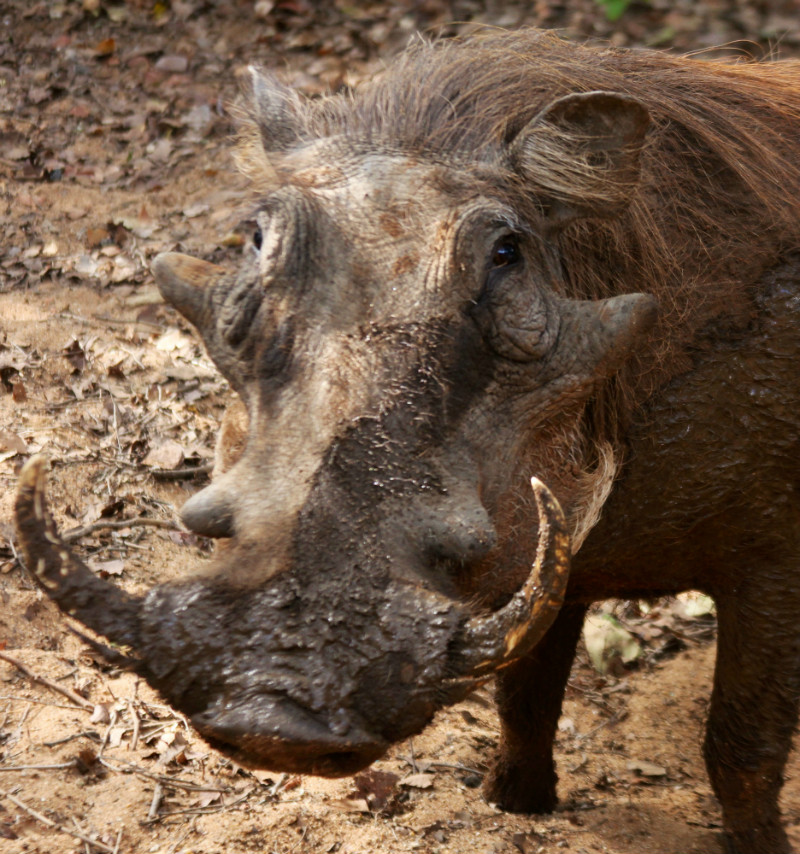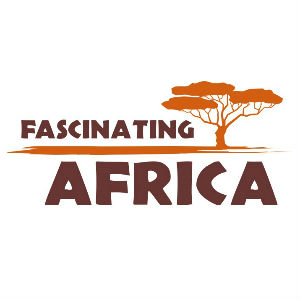Kruger Park enthusiast Andre Podbielski shares some of his favourite photographs from recent visits to the bush together with some fascinating facts for each species. Featured here are the African elephant, genet, common warthog and the dwarf mongoose.
In this image the elephant fresh from the mud wallow rests its heavy trunk on one of its tusks – An elephant’s trunk which consists of over 100,000 muscles and tendons is formed by the merging of the nose and the upper lip.
A dwarf mongoose emerges from its hide-a-away in the rocks to check the coast is clear – They can spot both aerial and terrestrial predators by having a pupil which is horizontally elongated. This gives them an elongated field of vision.
The white patches which can be seen here under the genet’s eyes are used to help with communication by making any facial expressions more distinct when they come face to face with other genets.
The warthog gets its name from a single pair of “warts” situated below its eyes. These lumps of thickened skin and bristle are used as a defence from an opponent’s tusks. The image below shows a male, we can tell this because of the second pair of warts close to his tusks.
Get involved
Vote for which facts you find most fascinating by visiting the species page for one of the feature mammals – African elephant, dwarf mongoose, genet and the warthog.





 Previous Post
Previous Post
